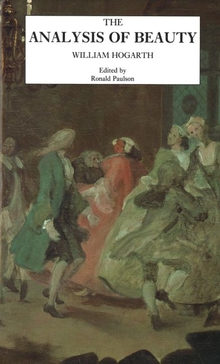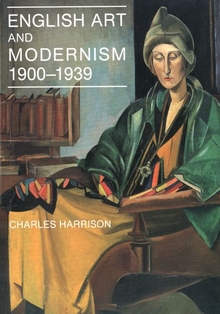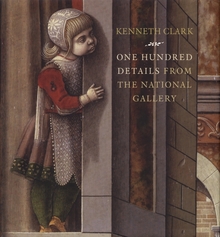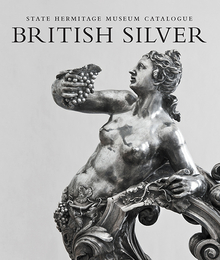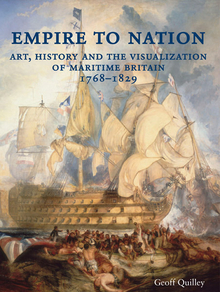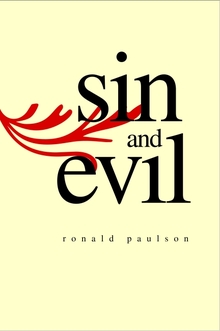The Analysis of Beauty
WARNING
You are viewing an older version of the Yalebooks website. Please visit out new website with more updated information and a better user experience: https://www.yalebooks.com
William Hogarth; Edited and with an introduction and Notes by Ronald Paulson
Out of Print
In the development of English aesthetics, the Analysis of Beauty takes a position of high significance. Hogarth’s stature in his own time suggests the importance of his attempt to systematize and theorize his own artistic practice. What he proposes is an aesthetics of the middle range, subordinating both the Beautiful and the Sublime to the everyday world of human choice and contingency—essentially the world of Hogarth’s own modern moral subjects, his engraved works.
Published for the Paul Mellon Center for Studies in British Art
"No survey of Hogarthiana would be complete without Ronald Paulson's contribution."—James Malpas, Art Newspaper
"Hogarth appeals constantly to ‘the reader’s eye, and common observation,’ and he proposes to speak on matters of taste with plain common sense, ‘in the way they are daily put in practice, and may be seen, in every dress that is worn.’ His text is a treat."—Arthur Danto, Book Forum
"[Hogarth's] text is a treat."—Arthur Danto, Bookforum
"Joseph Burke's pioneering edition of The Analysis of Beauty having long been out of print, this new inexpensive edition of Hogarth's treatise is most welcome, as it makes this important text easily accessible to all those interested in the evolution of British aesthetic discourse in the eighteenth century. . . . His introduction to the present volume is a model of efficient sobriety, weaving together factual information and theoretical contextualization, and providing all the necessary keys to a thorough understanding of Hogarth's serpentine, but cogent, formal discussion of beauty. . . . [A] masterly edition."—Frederic Ogee, Eighteenth Century Studies
"A most enticing work. . . . His treatise is wonderfully fresh and mind-expanding: it opens up all sorts of novel perspectives."—P.N. Furbank, New York Review
Publication Date: December 22, 1997
Publishing Partner: Published for the Paul Mellon Center for Studies in British Art

